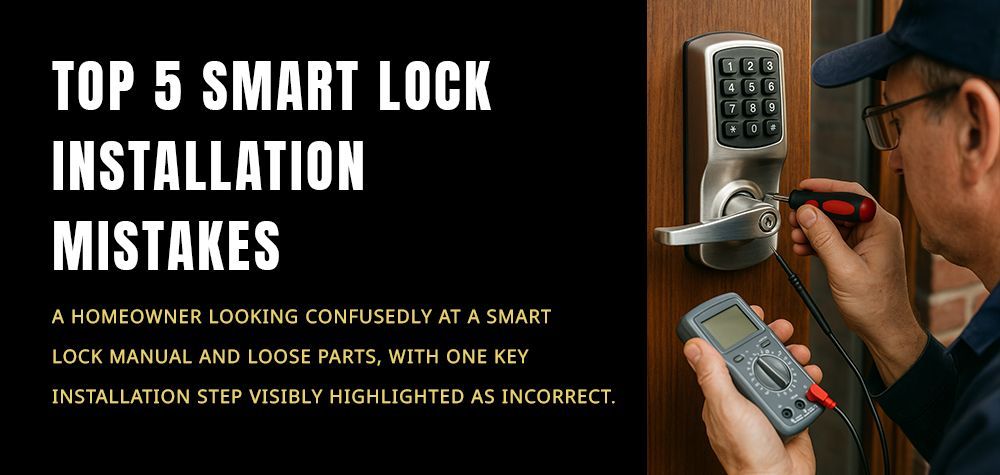HOW DOES A NIGHT LATCH WORK
A night latch, commonly referred to as a rim lock or a deadbolt lock, is a traditional locking mechanism often used for securing doors, particularly in homes. It provides enhanced security and convenience, with features that allow the door to be locked automatically upon closing. Understanding how a night latch works can help you decide if it’s the right choice for your security needs. Let’s take a deep dive into the mechanics and functionality of a night latch and how it can benefit you.
How Do Anti-Theft Car Locks Work?
The Basics of a Night Latch
At its core, a night latch is a type of lock designed to secure the door to a doorframe. It's called a "rim lock" because it mounts on the surface or "rim" of the door. Unlike other locks, it doesn't require a key to be turned to engage the locking mechanism. Instead, a night latch uses a spring-loaded latch bolt that automatically locks the door when it is closed, providing added security and convenience.
This spring-loaded bolt extends into the doorframe when the door is shut, preventing unauthorized entry. In addition to the automatic locking function, most night latches can be manually operated from the inside, offering the ability to easily unlock the door from within without the need for a key.
Key Components of a Night Latch
A typical night latch consists of several key components that work together to provide security:
- The Latch Bolt: This is the main locking mechanism of the night latch. It's a spring-loaded bolt that extends into the doorframe when the door is closed, keeping the door securely locked.
- The Key Cylinder: This part is located on the exterior side of the door. A key can be inserted into the cylinder to unlock the latch when needed. Some night latches feature a key cylinder only on the outside, while others may have one on both sides of the door.
- The Lever or Thumb Turn: On the inside of the door, a lever or thumb turn is usually present. This allows for easy unlocking from the inside without the need for a key. In some models, the thumb turn can be locked from the inside to prevent access from the outside without a key.
- The Backset: The backset is the distance between the edge of the door and the center of the key cylinder. It ensures proper alignment and operation of the lock.
- The Strike Plate: The strike plate is installed on the doorframe and receives the latch bolt when the door is closed, ensuring the latch is held in place.
How to Choose the Right Lock for Your Front Door
How the Night Latch Operates
The operation of a night latch is relatively simple but effective. Here’s a breakdown of how it works:
- Automatic Locking: When you close the door, the latch bolt automatically extends into the strike plate of the doorframe, securing the door without the need to turn a key. This makes night latches ideal for preventing unauthorized access, as the door is locked as soon as it’s shut.
- Unlocking from the Inside: If you're inside the house, you can unlock the night latch from the inside by simply turning the thumb turn or lever. This provides convenience, especially during emergency situations when you need to exit quickly.
- Unlocking from the Outside: To unlock the night latch from the outside, you need a key that fits into the key cylinder. This allows you to open the door and gain entry.
- Locking from the Outside: On some night latch models, you can engage the lock from the outside by inserting the key and turning it. In this case, the latch bolt remains in the locked position, providing a higher level of security.
Types of Night Latches
Night latches come in various designs, catering to different security needs and preferences. Some common types include:
- Basic Night Latch: This is the most common and simplest form of a night latch. It automatically locks when the door is closed and can be opened from the inside without a key.
- Deadlocking Night Latch: A more secure version, deadlocking night latches have a mechanism that prevents the latch bolt from being forced back using a tool or shim. This provides additional security by preventing lock bypass techniques.
- Smart Night Latch: With advancements in technology, some night latches now come with smart features, allowing for keyless entry through PIN codes, remote access, or even biometrics. These models are ideal for those seeking a higher level of convenience and security.
Advantages of a Night Latch
- Automatic Locking: One of the key benefits of a night latch is the automatic locking feature. This ensures that your door is locked every time it’s closed, reducing the risk of forgetting to lock up.
- Easy Operation: Night latches are user-friendly. The ability to lock and unlock from the inside with just a thumb turn or lever makes them a convenient choice for households.
- Enhanced Security: When installed with a deadbolt or additional security features, night latches can provide a high level of security against break-ins, particularly in residential properties.
- Simple Installation: Installing a night latch is typically straightforward and doesn’t require any complicated procedures. Many models are easy to install, making them an ideal choice for DIY enthusiasts.
Disadvantages of a Night Latch
- Vulnerability to Lock Picking: While night latches offer basic security, they may be vulnerable to lock-picking techniques if the cylinder is not high-quality or if the latch is not deadlocked.
- Potential for Wear and Tear: Like all locks, night latches can suffer from wear and tear over time. The spring-loaded mechanism may become worn out, leading to difficulties in operation.
- Limited Security on Its Own: While night latches provide a good first line of defense, they may not offer sufficient security on their own in high-risk areas. Many people opt to pair night latches with additional locks or security measures, such as deadbolts.
Conclusion
Night latches are a practical and reliable locking solution for securing doors in homes, offices, and various other settings. With automatic locking features, ease of use, and a wide range of options available, they provide a balance of convenience and security. Whether you’re seeking a basic night latch for a bedroom door or a more advanced model with additional features like deadlocking mechanisms, understanding how these locks operate can help you choose the best option for your needs.
Call Us Any Time!







